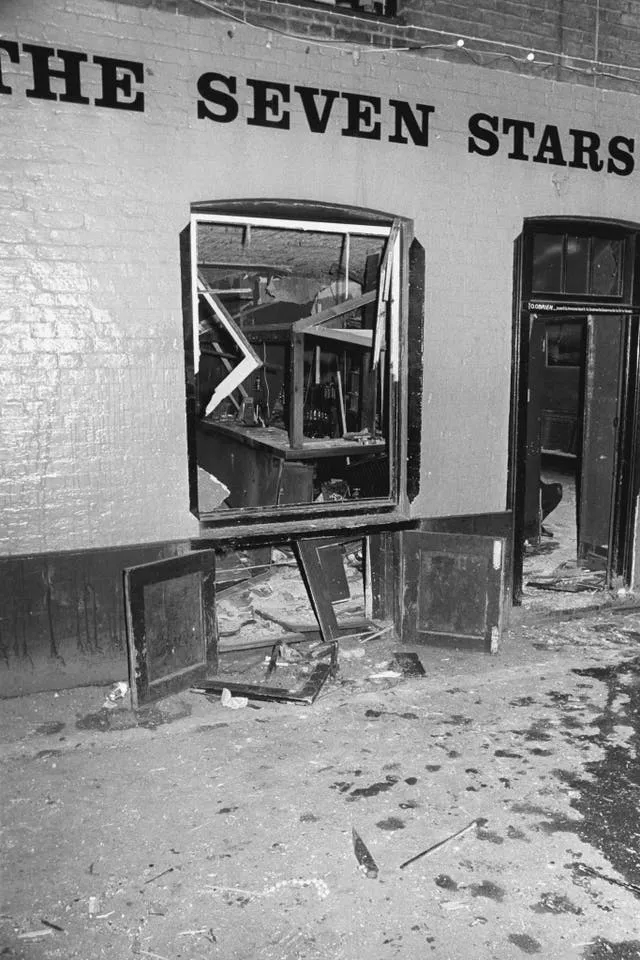A police officer says a "huge bang" was followed by "utter confusion and mass hysteria" after the first of two IRA pub bombs detonated in Surrey, England nearly 48 years ago, an inquest heard.
Retired Pc Robin Young gave evidence about the night terrorists bombed the Horse and Groom and the Seven Stars pubs, in Guildford, Surrey, on October 5th, 1974, at an inquest on Monday.
The bombings killed civilian Paul Craig and soldiers Ann Hamilton, Caroline Slater, William Forsyth, and John Hunter, and injured 65 people.
Mr Young was on duty nearby when the first bomb ripped through the Horse and Groom, Surrey Coroner’s Court, in Woking, heard.
He said: "That’s when I heard it. I thought it was a car crash – a huge bang."

Mr Young said the pub’s "windows were all blown out" when he arrived and people were "running, trying to get out" of the building.
In a statement he gave at the time, he described the scene as one of "utter confusion and mass hysteria", the inquest heard.
Mr Young added: "I saw the floor (inside the pub) had collapsed, so I immediately called for help.
"We realised there were bodies or people down there and we had to get them out – we did what we could."
He said he could see "bodies, a lot of debris and mess" in the crater, with some victims "alive, screaming and shouting" inside.
He encountered a young woman lying outside the pub whose legs were badly maimed, the inquest heard.
Mr Young added: "She was on the floor, screaming.

"I presume the blast blew her out (from inside the pub).
"I took her pulse and realised it was pretty bad and screamed for help."
Mr Young said she was still conscious as a paramedic treated her at the scene, but believes she had died before she got to hospital. He does not know who she was.
Retired ambulance driver attendant William Edwards, of The Shoe, a hamlet in Wiltshire, also gave evidence on Monday.
He said his ambulance was first on the scene at the Horse and Groom at about 8.53pm, encountering a "panicking" crowd.
Recalling treating one burn victim, he added: "It looked like his clothes had just been blasted off."
Approaching the pub, Mr Edwards said the building looked "pretty dangerous", adding: "I remember looking in and thinking, God, there is no floor."
He took seven people to the Royal Surrey County Hospital before going to the scene of the second blast.
Eleven people, the Guildford Four and Maguire Seven, were found guilty over the atrocity, but their convictions were later quashed.
In 1976, IRA members Brendan Dowd and Martin Joseph O’Connell admitted the bombings but were never charged, as both men had been imprisoned in the 1970s for other offences and freed during the Northern Ireland peace process.
The hearing continues.







